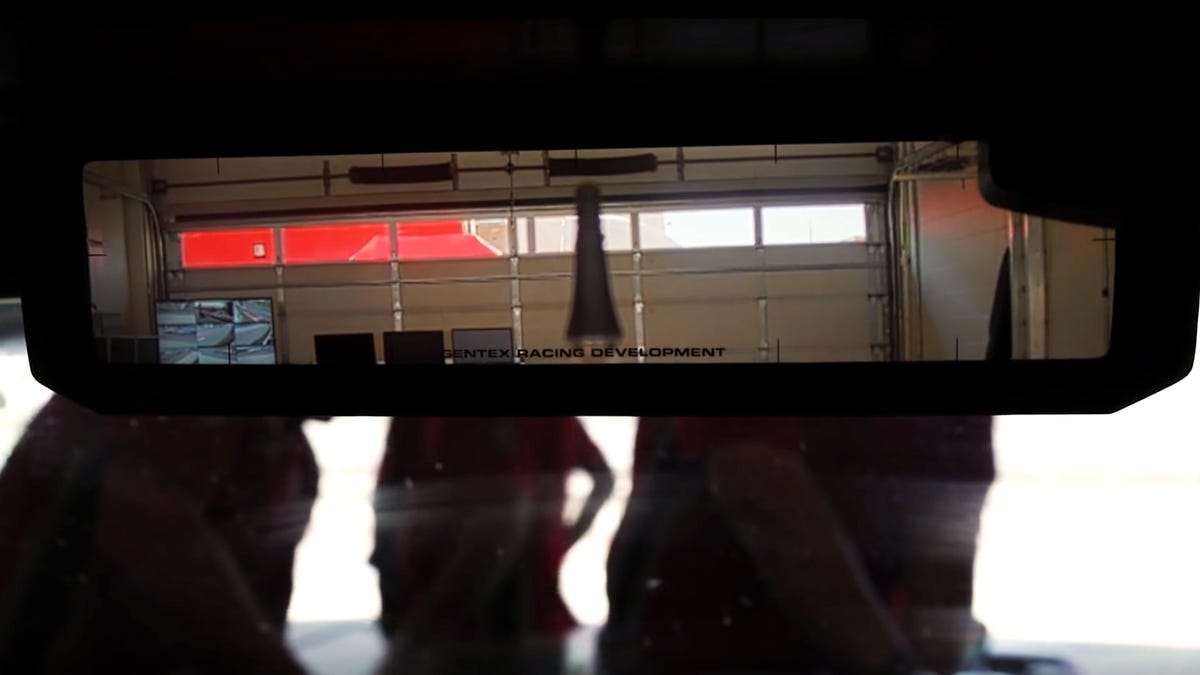Nissan's Full Display Mirror lets racers see through solid objects
When your race car doesn't have a rear window, and your side mirrors aren't providing much help, it's up to camera technology to fill in the gaps.

When is a mirror not just a mirror? When it's also a full LCD display!
Usually, technology created for motorsport tends to trickle its way downward to regular passenger cars -- high-end carbon-ceramic brakes are an excellent example. Every so often, though, a piece of consumer technology turns out to be a great benefit for racers. That's the case with Nissan's Full Display Mirror.
This technology first appeared as the Smart Rearview Mirror concept for Nissan's passenger cars. The driver could switch between a standard reflective mirror and a camera-based LCD with the push of a button. It's perfect when your car is loaded to the gills with moving boxes and you don't have a straight sight line out the back.
It's proved eminently capable in the motorsport arena, as well. Nissan's latest Le Mans race car, the GT-R LM Nismo, did not provide its drivers with enough rearward visibility using side mirrors alone, and the shape of the cockpit doesn't permit a true rearview mirror to function. Thus, Nissan called upon Gentex to develop a similar system for its racing division.
The concept is the same, with a traditional mirror housing a hidden LCD screen. A rear-mounted camera sends live video to that LCD screen, and voila -- drivers have a real-time view of what's behind them. To ensure the image is crystal clear, the camera features high-dynamic-range (HDR) capability, which allows the image to utilize multiple exposures simultaneously. It brings extra light to a nighttime drive and prevents harsh sunlight from turning the feed into a bright white mess.
It's especially important when running a race like the 24 Hours of Le Mans, where there are a variety of cars on the track, each with different performance levels. Drivers need to know if a car behind them is angling for a pass, because one wrong move could send both cars flying off into a gravel trap.

